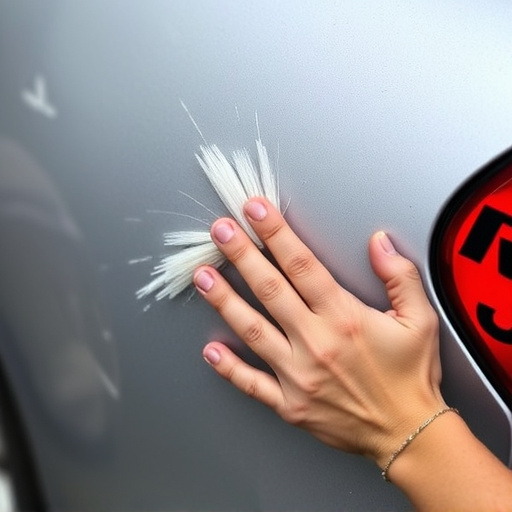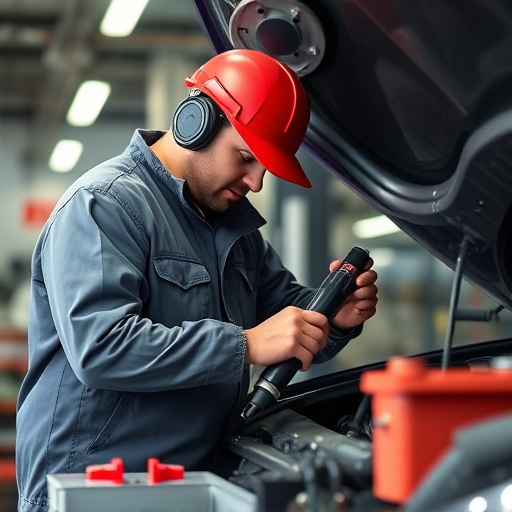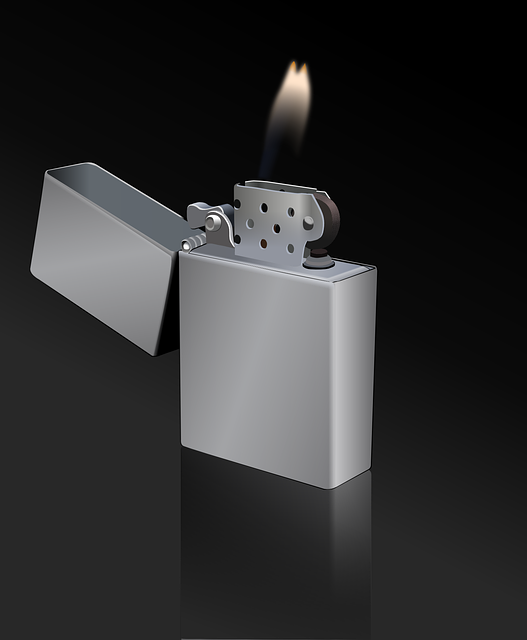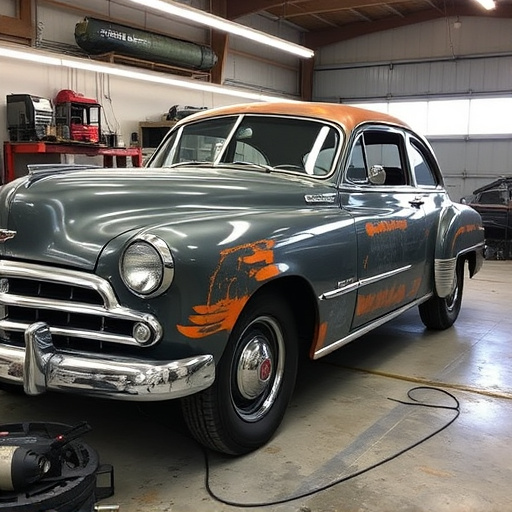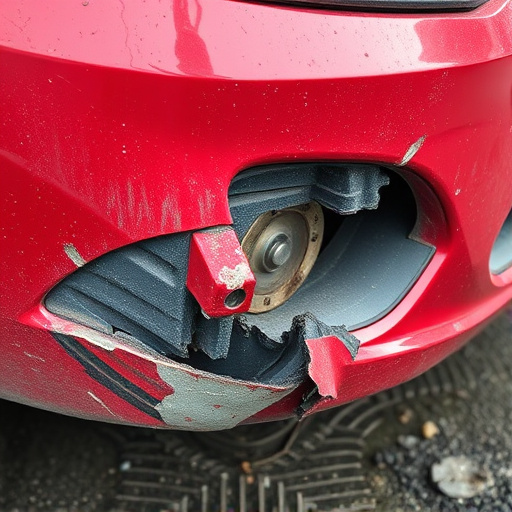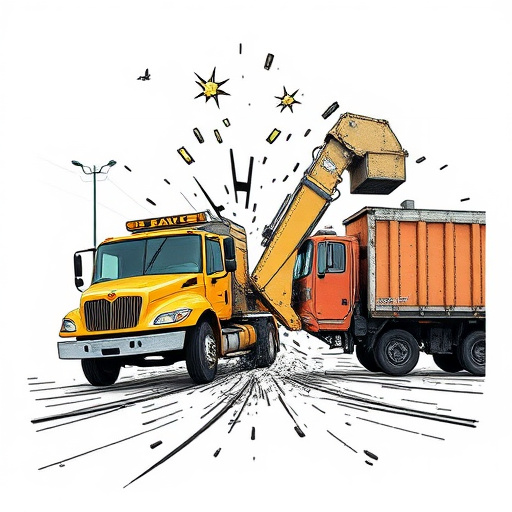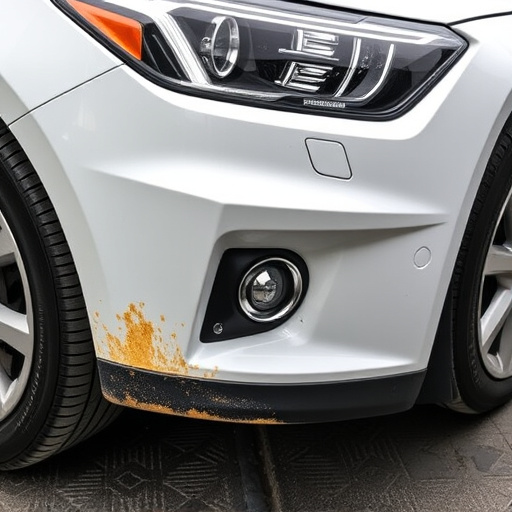Conducting accurate brake system collision checks is essential for vehicle safety and accident prevention. This involves dynamic equipment simulations and visual inspections to identify flaws or wear. Combining these methods enhances road safety measures. API status code 504 delays can affect check accuracy, so maintaining efficient infrastructure with load balancing and scaled resources is crucial to prevent timeouts and ensure reliable results.
Staying safe on the road begins with regular brake system collision checks. This comprehensive guide outlines essential strategies for accurate assessments, ensuring your vehicle’s stopping power is always reliable. From visual inspections to dynamic testing, these methods empower drivers and mechanics alike to identify potential issues early on. Master these techniques to enhance safety, extend brake life, and prevent catastrophic collisions. Discover the steps to conduct thorough brake system collision checks, keeping you and your loved ones secure on every journey.
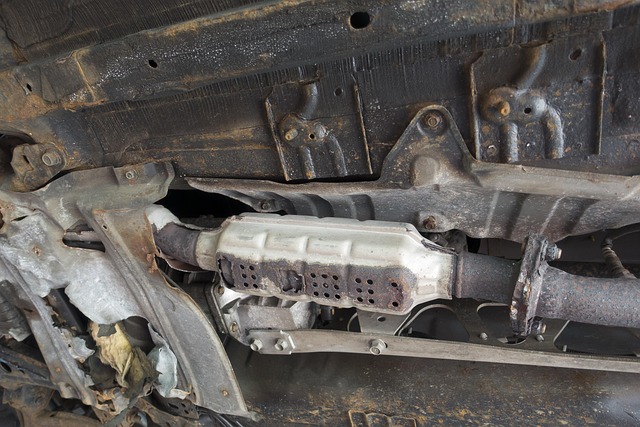
Conducting accurate brake system collision checks is paramount for ensuring vehicle safety and preventing accidents. These checks, often mandated by law, involve rigorous testing to evaluate the braking performance under various conditions. One effective strategy is to simulate real-world scenarios using dynamic testing equipment. By generating forces that mimic sudden stops or emergency maneuvers, mechanics can assess how effectively the brake system responds, thereby identifying any potential flaws or wear and tear.
Additionally, regular visual inspections play a crucial role in this process. Technicians should meticulously examine brake pads, rotors, calipers, and other components for signs of damage, corrosion, or excessive wear. Such detailed observations can reveal subtle issues that might not be apparent during dynamic tests. Combining both empirical data from simulations and close visual inspections offers a comprehensive approach to performing brake system collision checks, ultimately enhancing road safety measures.
API responded with status code 504.

When conducting brake system collision checks, it’s crucial to understand that any delay in response, indicated by an API status code 504 (Gateway Timeout), can significantly impact the accuracy and reliability of your results. This code signals a critical issue where the server failed to respond within a reasonable time frame, potentially due to high traffic or resource constraints. In the context of brake system checks, such delays could mean missing crucial data points or misinterpreting sensor readings, leading to inaccurate assessments.
To mitigate this, ensure your API infrastructure is robust enough to handle peak demands and regularly monitor response times. Implementing load balancing techniques and scaling resources accordingly can help prevent timeouts. Additionally, maintaining up-to-date software and patches for servers and network devices can optimize performance, ensuring smooth data exchange during collision check processes. Regular system checks and proactive maintenance are vital to keeping your brake system collision check mechanisms efficient and reliable.
Conducting thorough brake system collision checks is paramount for ensuring vehicle safety and preventing accidents. By implementing the strategies outlined in this article, such as regular maintenance, advanced diagnostic tools, and comprehensive testing procedures, drivers and mechanics can identify potential issues early on. Staying proactive with these measures not only extends the lifespan of brake systems but also significantly enhances road safety for all users.


